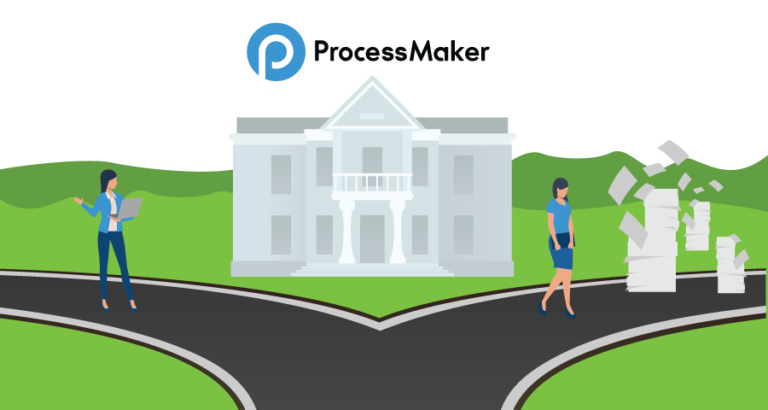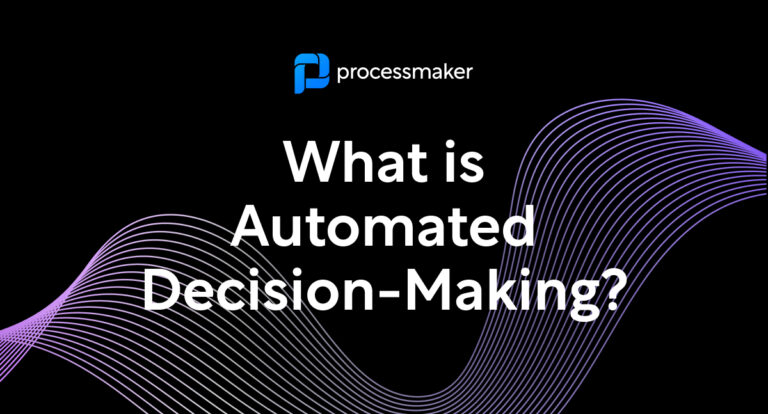2,000 years ago students learned by sitting in a room, and listening to a professor speak while diligently taking notes or committing his words to memory. Occasionally, this professor would then examine his students, often asking them questions to indicate whether they were understanding his teachings. When a student needed to learn from a professor of his choosing or maybe attend a school of his choosing, he had to contact the administration of the school. Some families would pay for the children of other families to go to school. In some cases the government would pay and allow the student to pay them back over time with interest. Notice a common thread? Other than delivering some of these experiences online, not much has changed in higher education.
Just because some schools allow you to do some things online doesn’t mean higher education has achieved digital transformation. Further, schools themselves are limited in what they can ‘do online’. And what does that even mean? Do you have to spend six hours online filling out forms and questionnaires in order to change your major or request financial aid? How long does it take things to get done? Do you have to wait weeks or months to get accepted to a school? Or get a requested course approval? Maybe just find out what your grades are?
Schools are taking steps towards digital transformation but not fast enough and not always in the right direction. Schools now have smaller and more powerful computers to accommodate more students. Students can take exams online, apply online, register for classes online, and submit homework online. Notice another thread? The only real change is the medium used to do things previously done on paper. But still, when you think of how much innovation has occurred in other industries over 2,000 years, it makes you wonder why higher education has remained relatively stagnant.
While the Fortune 500, on average, spends 30% of gross revenue on research and development, the department of education spends 1-3%.
Let’s not leave out the fact that many of the world’s wealthiest and largest schools are innovative due to their advantage on the side of resources. But higher education solutions have scaled to a point where for the first time, the world is flat and they are accessible to schools regardless of endowment or student count. The playing field has been leveled and if you want to deliver the best possible student experiences and outcomes at your school, you need to take digital transformation seriously. Firstly, what is digital transformation? Secondly, how do you get there?
At their essence, most organizations, including schools, are the sum of the functions, or workflows, they perform on a daily basis at varying scales. For a school, these functions can be the student admission process, the registration process, financial aid, facilities management, etc. To achieve digital transformation, you need to digitize and automate these processes to provide the best possible experience and outcome both for students and your school. That is how to achieve digital transformation as a higher education institution. Oh – and burn all the paper. Everything previously done on paper will now be done digitally through an automated process. That is the way of the present, in some cases, but mainly, the way of the future.
In ten years, do you think students will still be sitting in the hundreds listening to professors? No. To gain access to the school they want in the most cost-effective, easy way, they will attend schools not limited by geography or any other factors. Hybrid courses are already all the rage and as this spreads to more schools, it will become standard. Eventually the hybrid will turn entirely digital. The question is, with all the work and chaos of running a school, are you thinking about the higher education experience in three, five or ten years or just today? What improves both student and school’s experiences and outcomes, is improved efficiency, as inefficiency is costly in more ways than one. This is where digital transformation comes in the form of intelligent workflow automation.
Request a demo for higher education software or download our whitepaper





